Latin America is home to more than 425 million Catholics – nearly 40% of the world’s total Catholic population – and the Roman Catholic Church now has a Latin American pope for the first time in its history. Yet identification with Catholicism has declined throughout the region, according to a major new Pew Research Center survey that examines religious affiliations, beliefs and practices in 18 countries and one U.S. territory (Puerto Rico) across Latin America and the Caribbean.
Historical data suggest that for most of the 20th century, from 1900 through the 1960s, at least 90% of Latin America’s population was Catholic (See History of Religious Change). Today, the Pew Research survey shows, 69% of adults across the region identify as Catholic. Emphasis added.
The worst fall off is in Honduras, where, since 1970, Catholics have fallen from 94% to 46% of the population. Honduras is home to our Salesian Cardinal Rodriguez Maradiaga. His Eminence has been a bishop in Tegucigalpa, Honduras' capitol, since 1978. If he is not already, he needs to do some reflecting on why this is happening. The author at Rorate opines that the falling away is the result of the Second Vatican Council. I think that is right. He also notes that while the increase in secularism during that time "...would explain the collapse in Western Europe, North America, and Australia. But in Latin America (where the current pope studied to be a priest during the 1960s, being ordained in December 1969), what happened instead during the same period was an intense religious revival."
Except it was not a Catholic revival, but one among the various Protestant denominations. The fall-off is not from religion, but from whatever it is that the Church in Latin America is offering. Reflection and soul-searching are in order--that is, if the Latin American hierarchy considers this to be a problem. If they don't consider this to be a problem, that is a real problem.





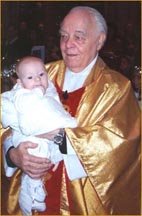
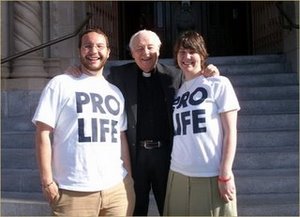
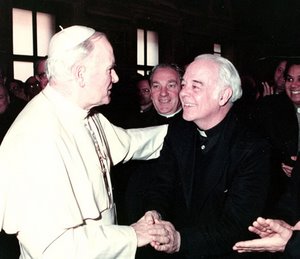
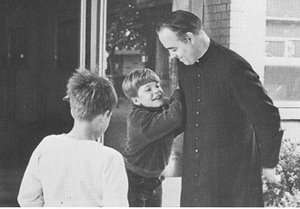
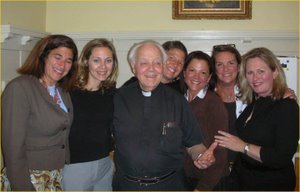
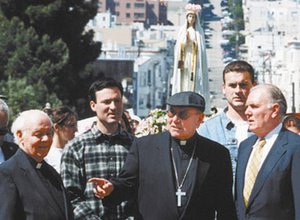
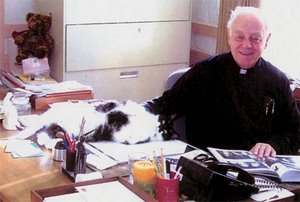
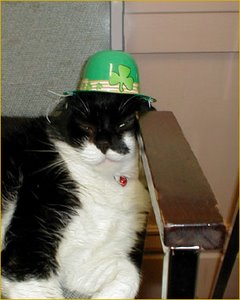
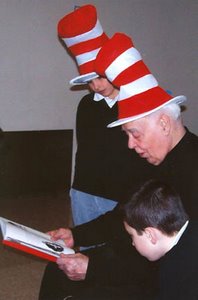

No comments:
Post a Comment